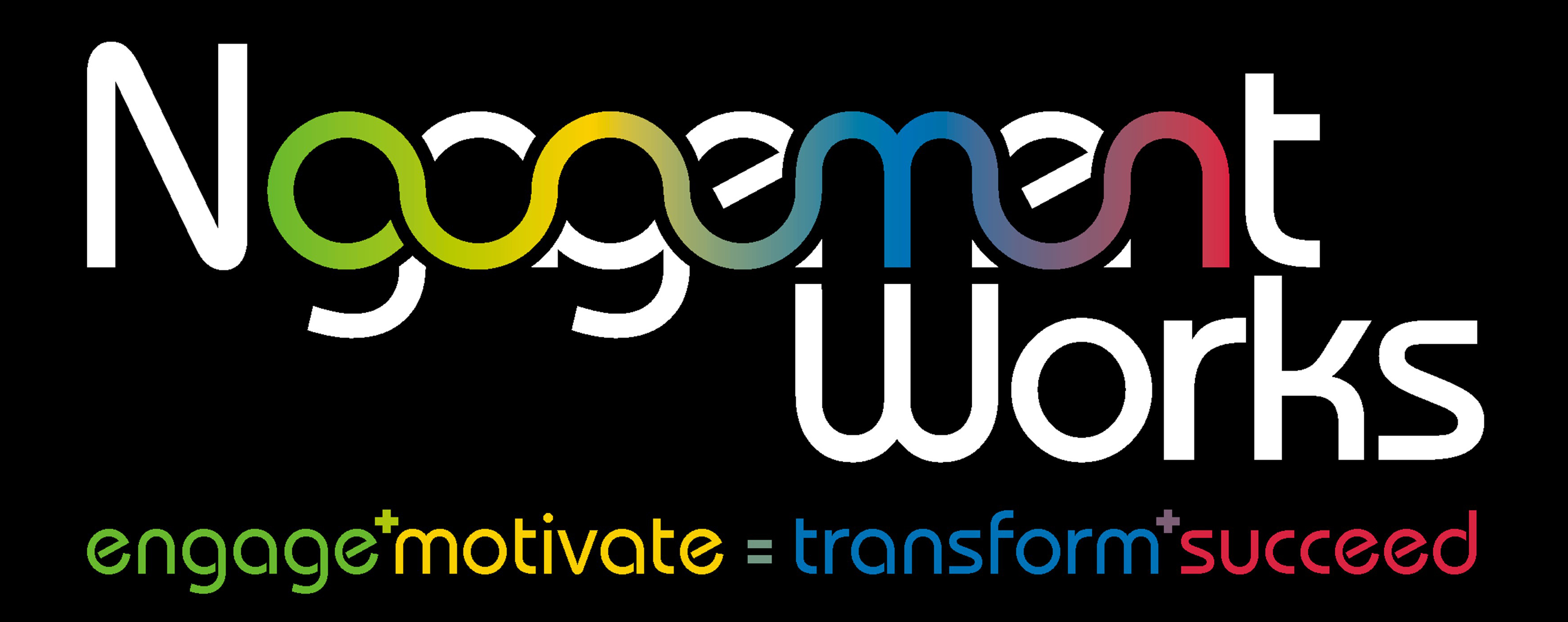Each year in late August, Bournemouth, where I live in the UK, holds a 4-day free air show on the seafront which attracts well in excess of a million tourists. One of the star attractions is the RAF Red Arrows Display Team, arguably, the most famous acrobatic team in the world. There are 9 pilots, who fly at over 400 miles an hour, often within 6 feet of each other. This not only requires high-levels of individual skill, expertise and both behavioural and emotional intelligence, but also exemplary teamwork. The 9 pilots are supported by just over 100 support staff and ground crew.
I have had the pleasure of seeing their displays regularly over the years, which has lead me to study them in terms of their high-level of excellence in teamwork. In this article, I will share with you facts about the team, applied to the Team DyNAmics© programme that I use with leadership, operational and project teams. Hopefully, you will learn some fascinating facts about the Red Arrows which may get you thinking about your team’s performance and how to enhance it.
I have titled my articles in reference to the iconic Diamond 9 formation they use as part of their displays. The leader, or Boss, is known as Red 1, positioned at the front of the diamond formation. The newest recruits are Red 2 and Red 3, who fly just behind Red 1. The further you are away from Red 1, the more experience you have.
TRANSFORMATION
Red Arrow Fact: After all flights, all pilots participate in a detailed debrief, which includes video footage to review what has just happened in the air. They employ a clever psychological trick in the briefing room to avoid conflict. They never refer to each other by name. Instead they use Red 1 through to Red 9. Whilst having personal views and opinions, all the team must get on with each other.
Team DyNAmics©: Transformation
Transformation is vital in a team, whilst you may be good, there is always room for improvement. It is really important that you therefore take time to review both individual and team performance.
Here are a few questions for you to consider:
- Do you regularly reflect and review your team’s performance?
- Are mistakes seen as opportunities to do things differently in the future?
- Do team members share their thoughts and ideas on how to make things even better than they are?
If some or all of the above don’t happen or happen too infrequently, perhaps it is a good idea to bring this up in your next team meeting. Discuss, generate ideas and agree how any challenges can be overcome to support positive transformation in your team.
If you’ve found this article of interest and value, please do sign-up to receive notification of when I post the next article in the series, by using the Follow icon to the top right of this page.
Wishing you continued success and happiness in both work and life.
Yours behaviourally, Nick
Help Others By Paying it Forward
If you’ve found this article of interest and value, please use the Follow option in the right side panel to ensure that you are informed of future posts plus, help others and Pay It Forward by sharing it with those who may find it useful.
Can I Help You?
If you want to discuss how I may be able to help you and your team achieve even greater success by facilitating team building or by speaking at your conference, my email is nick@ngagementworks.com, my mobile is 00447966306903 or please use the Contact Form




